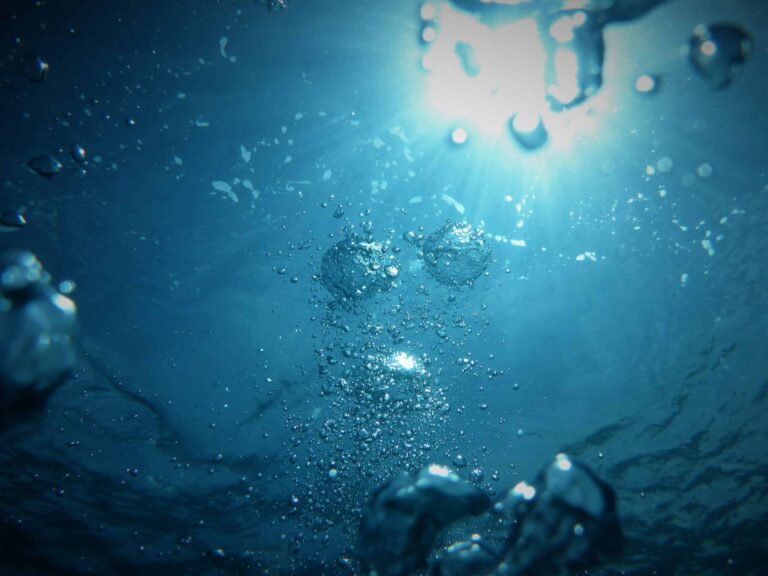March 22 marks World Water Day, reminding us of the importance of this commodity that we too often take for granted. This year’s theme is accelerating change to solve the global health and water crisis.
“We are currently a long way from achieving Sustainable Development Goal number 6, which is water and sanitation for all by 2030,” reads the official page dedicated to the day.
Never more than now, in a world increasingly tested by climate change, it is important to understand that water is our most precious commodity and we must learn not to waste it.
Table of Contents
The numbers on water scarcity worldwide
According to data compiled by UNWater, the coordinating body of the United Nations and international organizations on water and sanitation issues, scarcity already affects all continents.
Demand for water has grown globally more than twice the rate of population increase over the past century. And because of this, many areas of the Earth are finding it increasingly difficult to provide safe water access.
UNWater has stated that by 2030, 47 percent of the world’s population will live in areas of high water stress.
Under this scenario, abetted by climate change, by 2030 water shortages in the driest places could displace 24-700 million people.
For the OECD, demand for water will increase by 55 percent by 2050. So it is important to seek a reliable and sustainable solution.
The problem of desalinators
There are 1.386 billion km³ of water in the world. Put like that, it seems impossible to have a water shortage problem. However, 97% of this water is salty, and only 3% is fresh water from glaciers, aquifers and lakes.
Currently, two billion people in the world do not have access to these sources of freshwater. Water desalinators are a possible solution to the problem (given the amount of salt water we have available).
But, in addition to being very expensive, the technology is also dangerous to the environment, as it produces a high amount of hypersaline brine.
Researchers are testing new desalination technologies, such as reverse osmosis. But as of yet we have not found a sufficiently cheap and efficient method that can be implemented on a large scale.
Water crisis, a matter of sustainable choices
If you are wondering what you can do to reduce water consumption, it’s not enough just to turn off the tap while brushing your teeth. Water is used to produce so many of the things we eat, wear, and buy.
Think about the fact that a 150 g hamburger “consumes” about 2,500 liters of water. Meat, then, is an unsustainable choice. Both because of the polluting emissions from raising animals, and because of the water footprint.
But let us also think about what we wear. To produce a pair of jeans requires between 7,000 and 10,000 liters of water. For a white T-shirt, 2,700 liters are needed. Again, added to the water footprint is the environmental (and social) damage from fast fashion.
A hummingbird for World Water Day 2023
Every year since 1993, World Water Day has been celebrated around the world on March 22. The occasion was established by the United Nations in Resolution A/RES/47/193.
This is based on decisions made the year before in Rio de Janeiro during the United Nations Conference on Environment and Development, better known as the Earth Summit. It was the first world conference of heads of state on the environment.
The purpose of World Water Day is to catalyze concrete actions to promote awareness of the importance of protecting water resources.
For World Water Day 2023 UN Water, the UN body that organizes the day, has launched the global Be the change campaign.
The symbol is a hummingbird and is meant to emphasize the importance of individual and small-scale actions to bring about global change. The choice of this bird species comes from a story taken from the tradition of the Quechua people, originally from present-day Peru.
Read also: What are the 17 UN Sustainable Development Goals: is the world on track to reach them by 2030?












